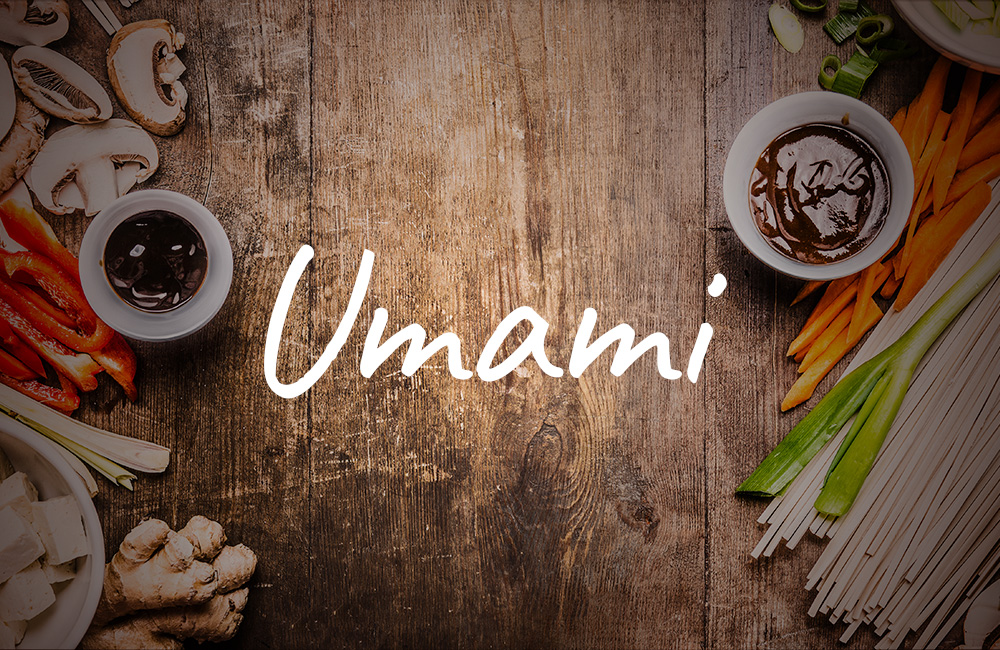The popularity of yeast extract has a lot to do with its strong characteristic taste. This is also known as the umami taste and is similar to the savoury flavour of a meat bouillon. We’ve spoken to Prof. Dürrschmid from the Institute of Food Science at the University of Natural Resources and Life Sciences in Vienna (Universität für Bodenkultur Wien), to find out more about the “fifth” taste.
Professor Dürrschmid, can you tell us how long the umami taste has been known about in the Western world and why it has only recently been “discovered” here despite being recognised in Asia for over a century?
I suspect that the umami taste has always been known about in Europe but wasn’t previously classed as a taste in its own right. For hundreds or even thousands of years, Europeans have lived in a culinary environment in which there are lots of foodstuffs that taste of umami, such as meat products, fermented fish products or cheese. Even in ancient times, there were fish-based seasoning sauces that undoubtedly had a strong umami taste. Unlike the Asian population, who are somewhat more receptive to taste varieties on account of their food not containing as much meat, the Europeans focused for a long time on the four basic tastes. It wasn’t until debate sprung up in Europe about whether the corresponding amino acids have their own perceptual quality that scientists recognised umami as a basic taste around the time of the new millennium.
And what exactly does umami taste like?
Umami is a savoury, meaty taste that lingers for quite a long time and is characteristic of well-matured protein-rich products. The proteins are broken down by the maturation process, with the result that the long protein chains are replaced by amino acids and peptides. Ribonucleotides, peptides and sodium glutamate are responsible for the taste. Typical examples are meat products, soy sauces and mushrooms.
What’s so special about this taste?
In the strict sense of the word, taste is the perception of water-soluble chemical substances in the mouth – these are the basic taste varieties. Umami has a modulating effect: it takes the edge off bitterness and slightly increases saltiness, but otherwise has little impact on the basic taste varieties. However, when it comes to flavour, which differs from taste in that it is the summary perception of all the characteristics of a foodstuff in the mouth, umami-tasting substances have an intensifying and rounding off effect. This would explain the effect and popularity of yeast extract.
What other reasons could there be for the widespread popularity of foodstuffs tasting of umami?
We should perhaps start by asking ourselves why we have a sense of taste at all. Taste acts as a warning about potentially toxic substances or as a means of recognising useful and nutritious chemical compounds. A sweet taste, for example, indicates readily available carbohydrates, while a salty taste points to sodium chloride, which is essential for our bodies. And in the case of umami, it’s the proteins needed for building muscles and forming enzymes that we recognise via the umami taste receptors. The umami taste is therefore characteristic of foodstuffs containing readily available amino acids and peptides. It is also an indication that foodstuffs have reached a certain degree of maturity and hence possess optimal nutritional value. Moreover, it’s much easier on the body if it doesn’t have to digest any large proteins because the latter are already pre-digested to a certain extent via the fermentation or storage process. So, the fact that the body prefers degraded substances of this kind is a reflection of the economical way in which our bodies function.
Are there any specific criteria or characteristics that define a basic taste?
There are six criteria that a taste has to fulfil in order to qualify as a basic taste. Firstly, it has to have a so-called ecological consequence. In other words, a basic taste must help us human beings adapt better to the environment and the food situation. In addition, the substances that trigger the taste must be defined and known – in the case of umami, these are amino acids and ribonucleotides. The third criterion is the dedicated signal generation mechanism: which receptors respond to the substances and how are signals generated in the taste receptor cells? Transmission of the signal to the brain via the taste nerves is the fourth criterion. The fifth criterion is a unique perceptual quality, which differs from that of other known basic tastes. And the final criterion is that the taste must trigger either a physiological or behavioural response. The term “physiological response” is generally used to mean digestive reactions.
Can umami fulfil all these criteria?
It has been easy to prove that the umami taste fulfils four of the specified criteria, with the exception of the dedicated signal generation mechanism, and at the beginning of the 21st century scientists also succeeded in demonstrating the transmission of signals via the taste nerves. Eight receptors bearing certain similarities to each other have since been identified. They differ in terms of their biochemical and molecular-biological makeup, and are believed to trigger signals for different umami-tasting substances. In addition, we have established that it is not possible to produce this characteristic umami taste by combining the original taste varieties. This is another indication that umami is a taste in its own right.
Professor Dürrschmid, thank you for talking to us.




